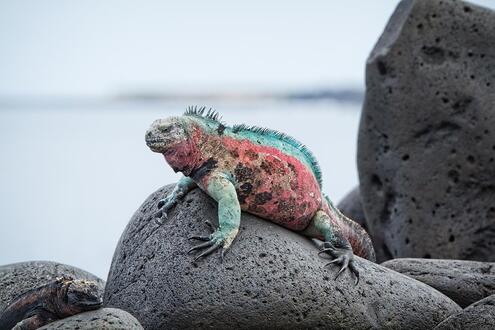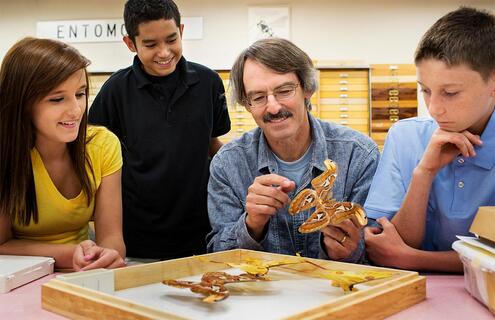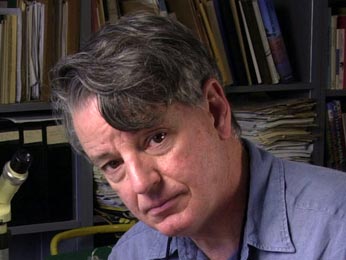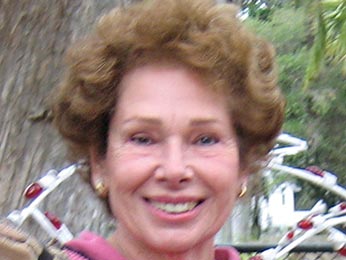LIFE SCIENCE
Evolution
Evolutionary Biology

Credit: Dan Leffel/AGE Fotostock
How does evolution work, how does it explain the history of life on Earth, and how is this fundamental concept itself changing in the face of new discoveries?
Explore our family tree, and see how Darwin’s theory holds up in the era of bioinformatics. Authored by world-class biologists, this six-week online course draws on the Museum’s long-standing leadership in paleontology, geology, systematics, and molecular biology to illuminate the fundamental concept that underlies all life sciences. The course begins with Darwin’s observations of patterns in nature, examines cutting-edge molecular and phylogenetic techniques that determine an organism’s place on the Tree of Life, and concludes with a look at the practical implications of evolution on human health, agriculture and conservation.
This course begins May 27.
Summer 1 Session
COURSE COST
GRAD CREDIT
Explore our family tree, and see how Darwin’s theory holds up in the era of bioinformatics. Authored by world-class biologists, this six-week online course draws on the Museum’s long-standing leadership in paleontology, geology, systematics, and molecular biology to illuminate the fundamental concept that underlies all life sciences. The course begins with Darwin’s observations of patterns in nature, examines cutting-edge molecular and phylogenetic techniques that determine an organism’s place on the Tree of Life, and concludes with a look at the practical implications of evolution on human health, agriculture and conservation.
Course Format
This online course is asynchronous, giving you the flexibility to complete weekly activities at your own pace. Essays, written by our authoring scientists, are supplemented by case studies, textbook readings, videos, interactive simulations, image galleries, and more. These resources provide the foundation for assignments as well as online discussions where you will exchange questions and ideas with course faculty and other learners. The course culminates in a final project, which is your opportunity to create activities that you can use with your students.

Hill Street Studios/AGE Fotostock
Connecting to Your Classroom
This course includes a variety of resources that can be adapted for use in your classroom. Participants frequently use course activities as a central component of their final project. For example, in this course you will use the Howard Hughes Medical Institute’s Lizard Evolution Virtual Lab to investigate speciation among anole lizards in the Caribbean Islands.
Recent Course Faculty
This course is co-taught by an experienced classroom teacher and a working scientist. With low faculty to student ratios, this powerful combination of scientific expertise and classroom application creates opportunities for discussions about the course content and how it can be taught.
This course begins May 27.
Summer 1 Session
COURSE COST
GRAD CREDIT
This was my first online course. I felt that the discussions were great. In a traditional class I don't get as much independent thought. It opened my eyes to many different ways of thinking about evolution.
The other participants were really engaging so we were able to delve into the readings at a deeper level. I loved the tree building activity and the sex and the single guppy activity. I will be using them in my class. The whole course gave me a better understanding of evolution for my classroom teaching and a framework within which to teach evolution. I LOVED this class!!!
The content, the textbook, links, and interactives will all be very useful in my teaching. And my course-mates provided some great insight into how they teach evolution in their classrooms.




